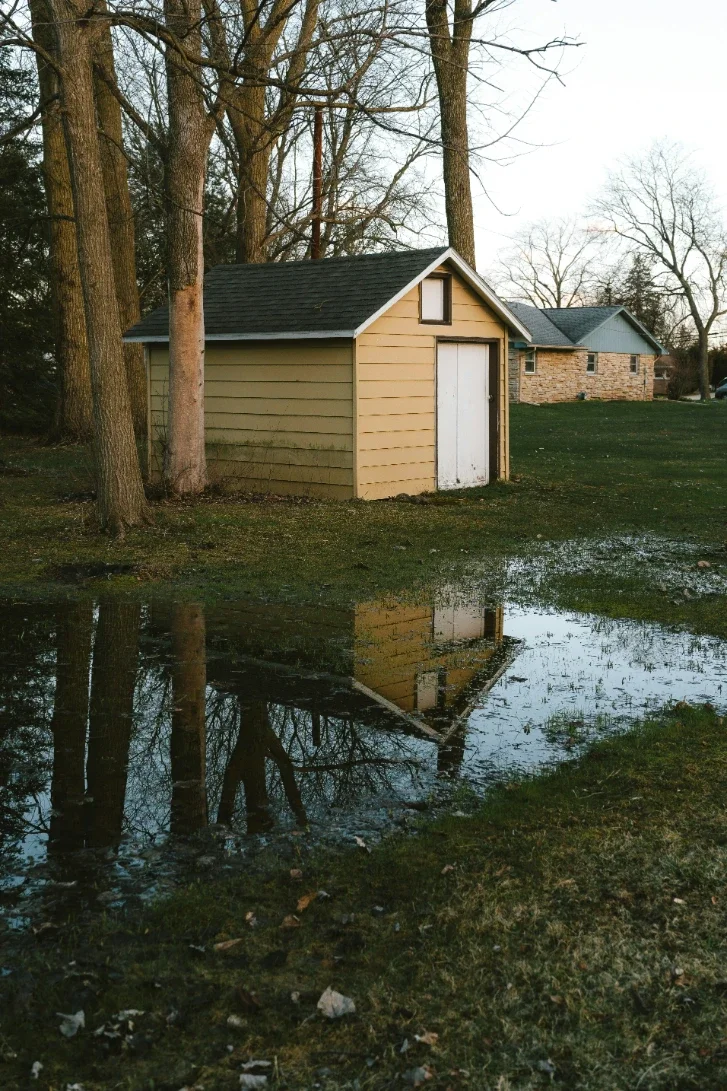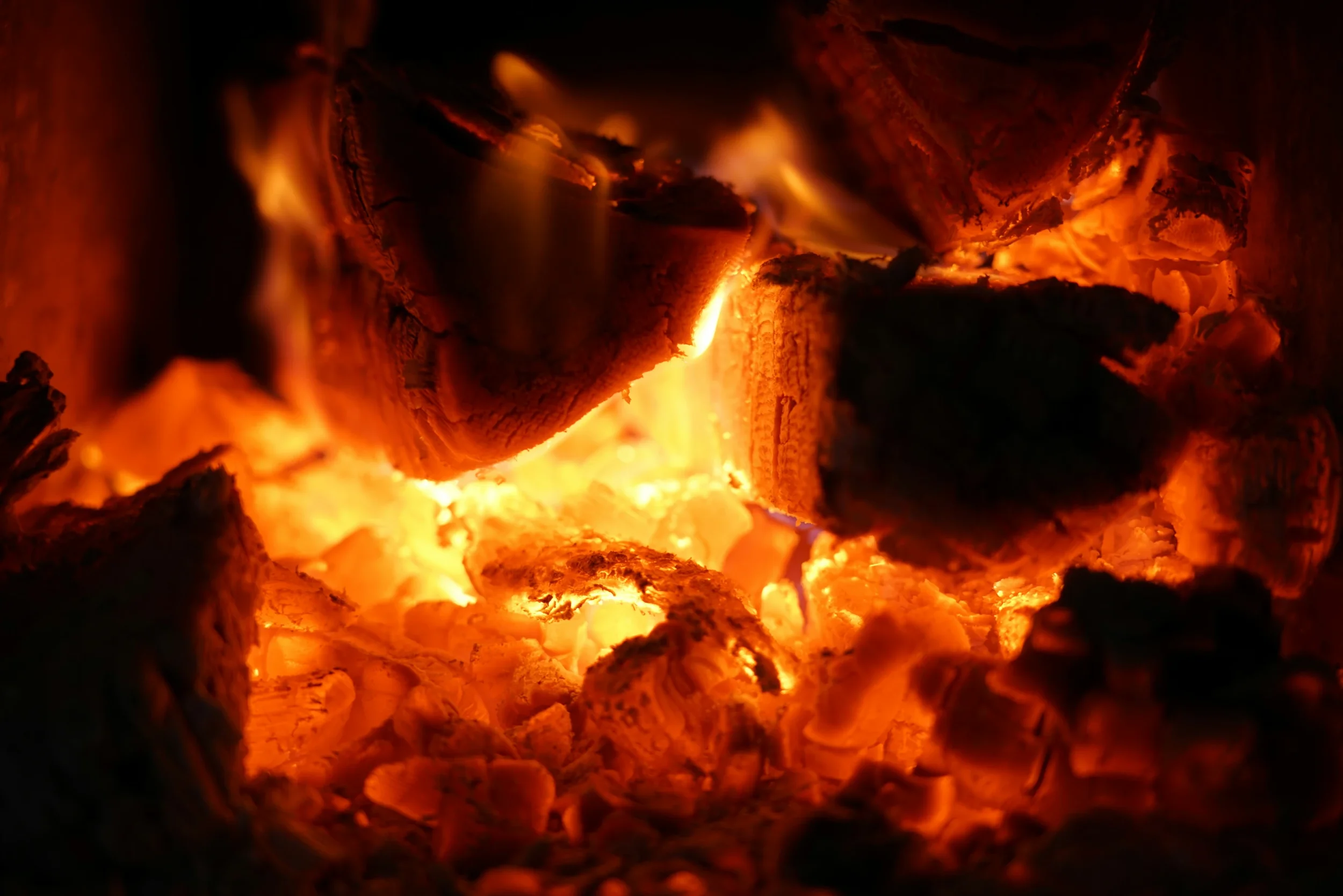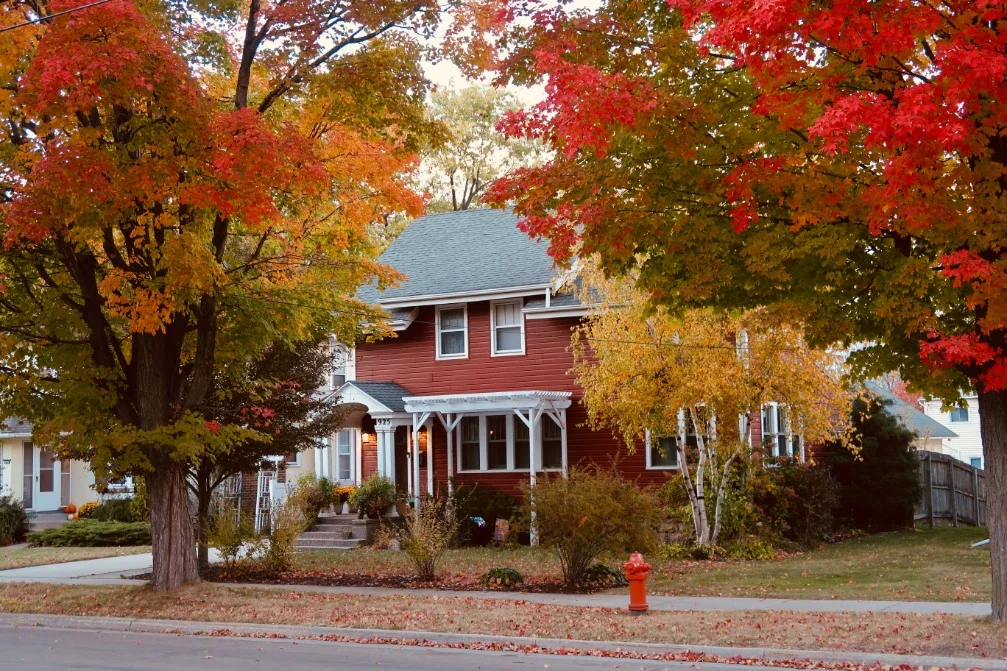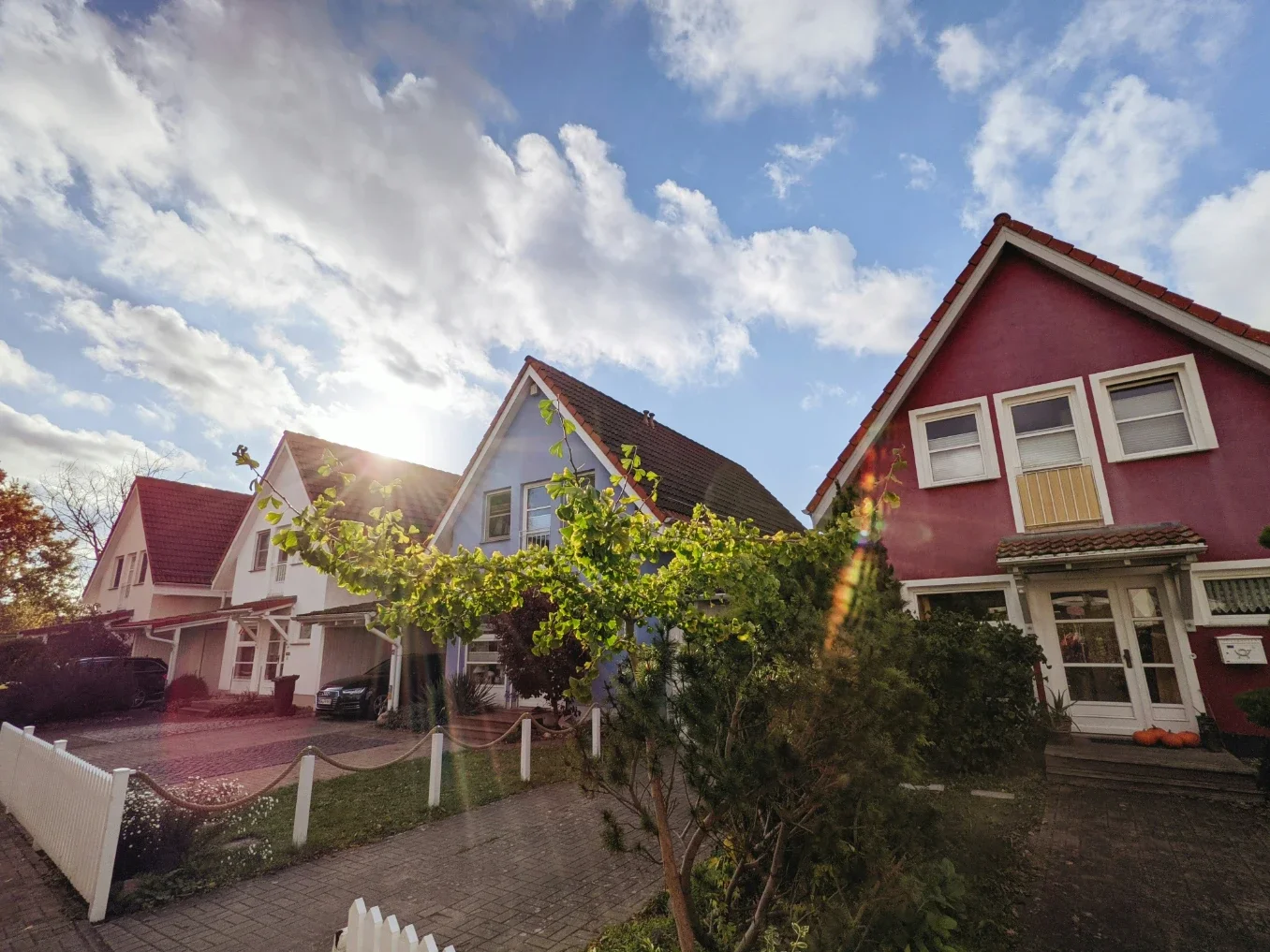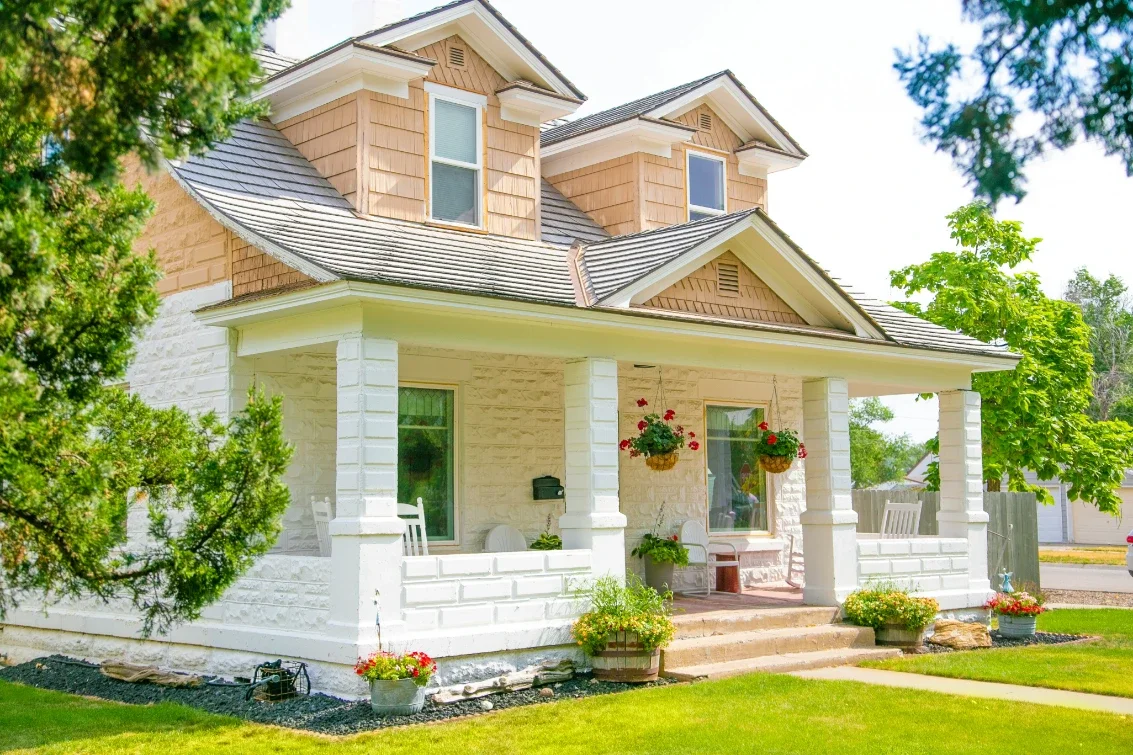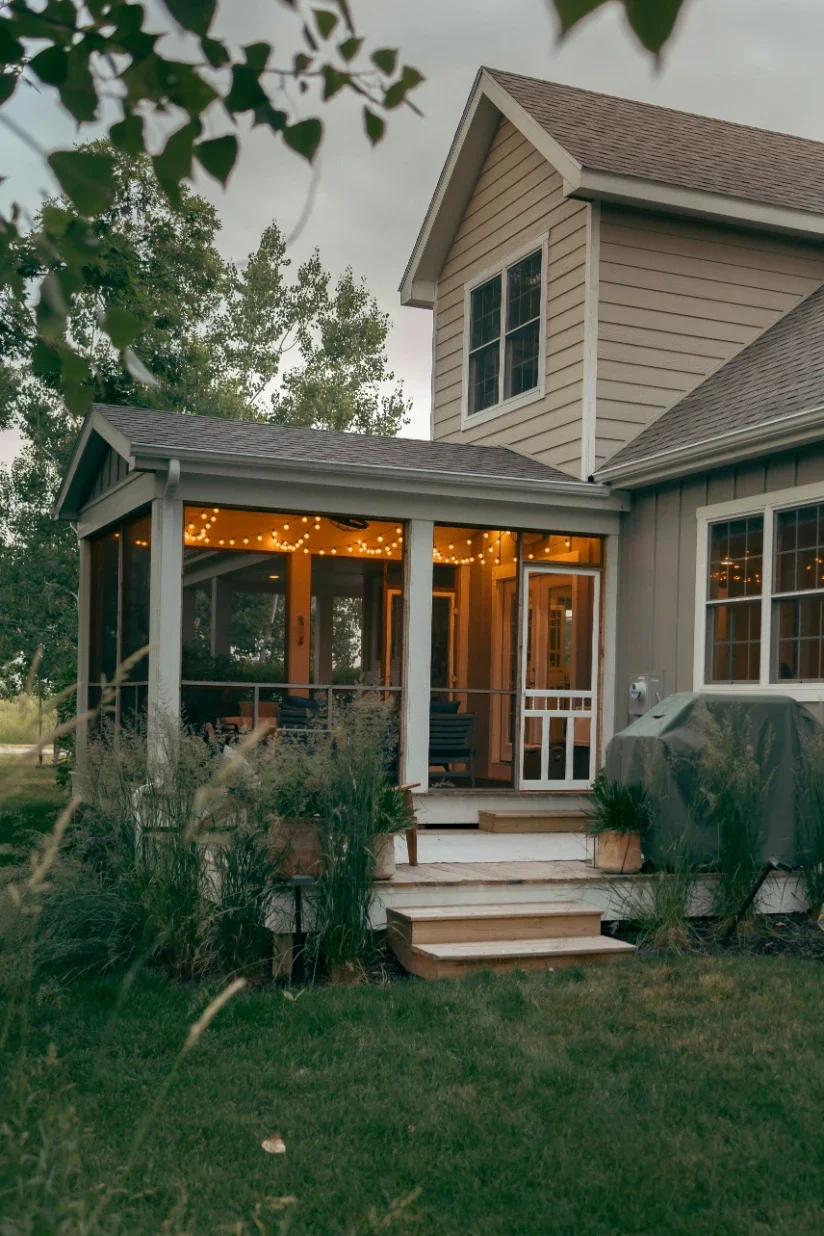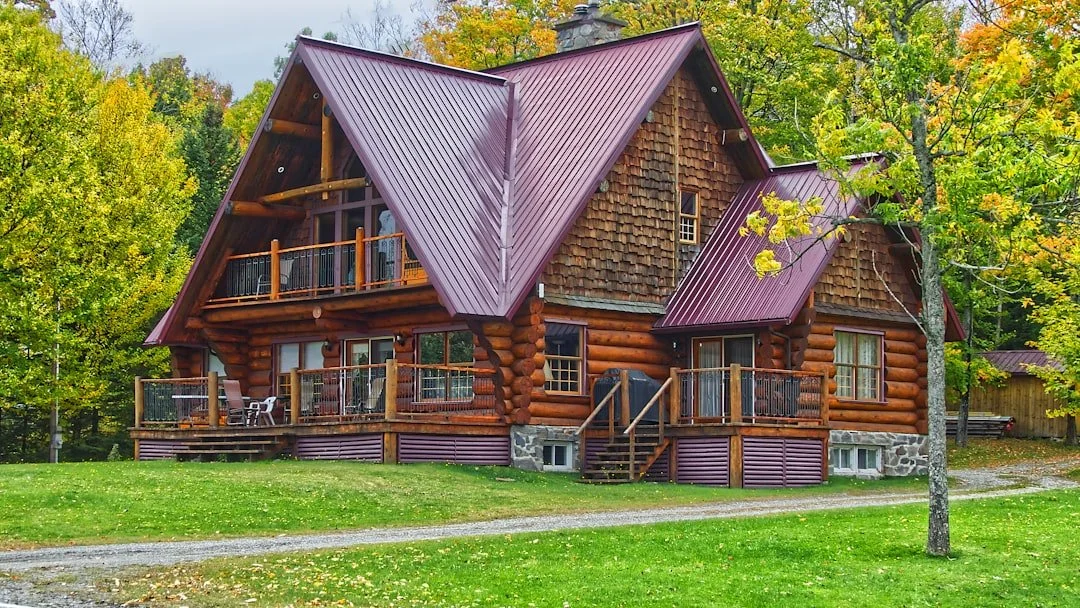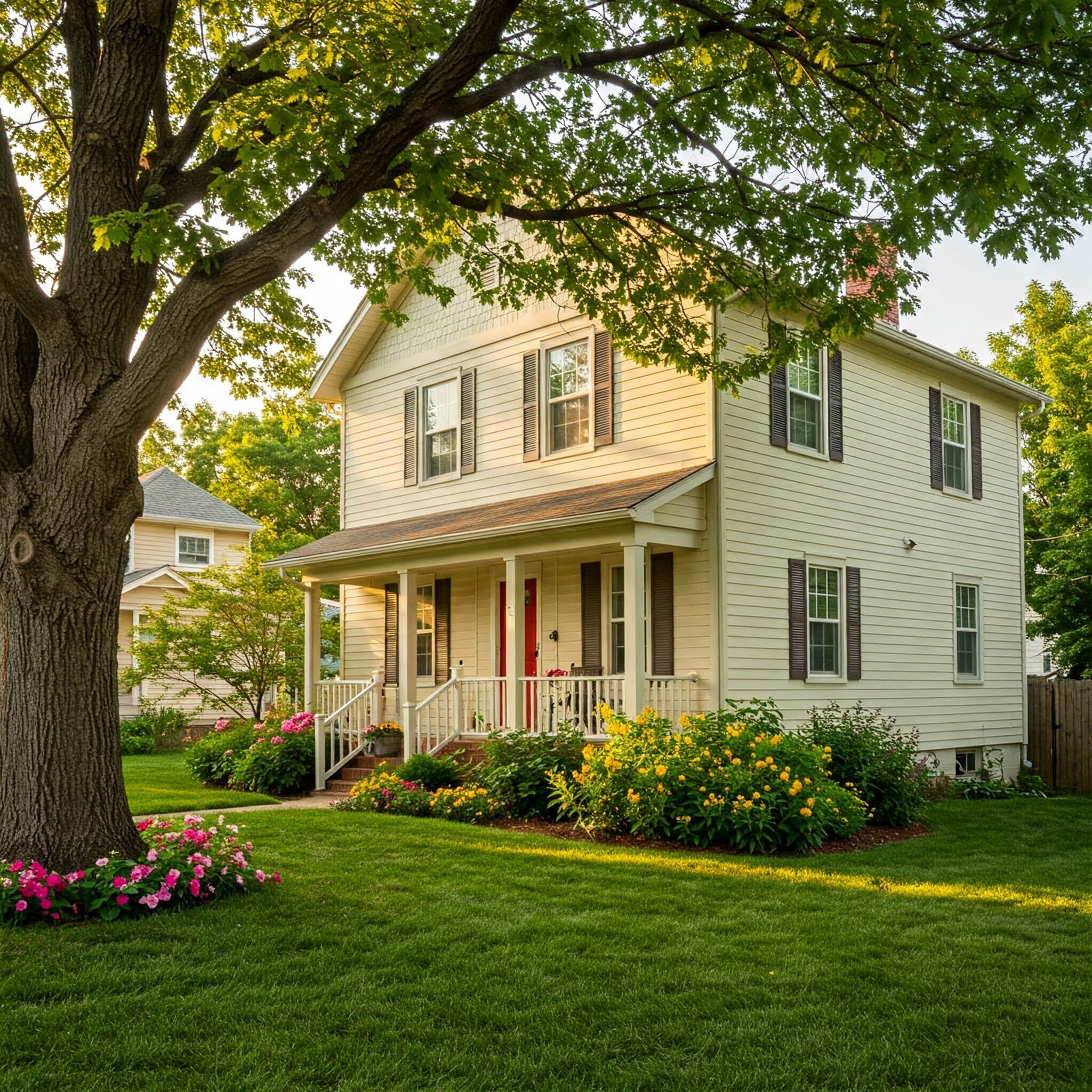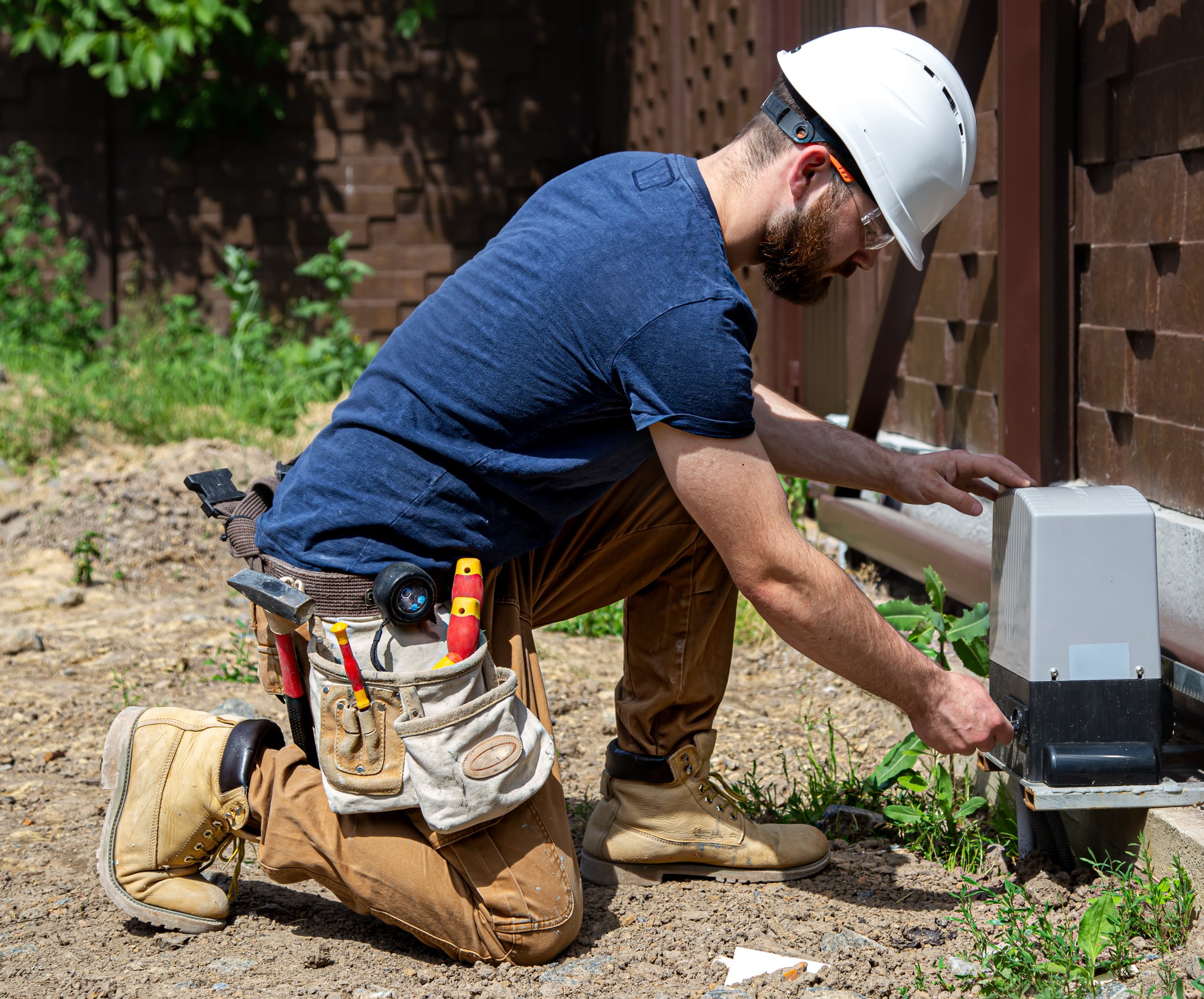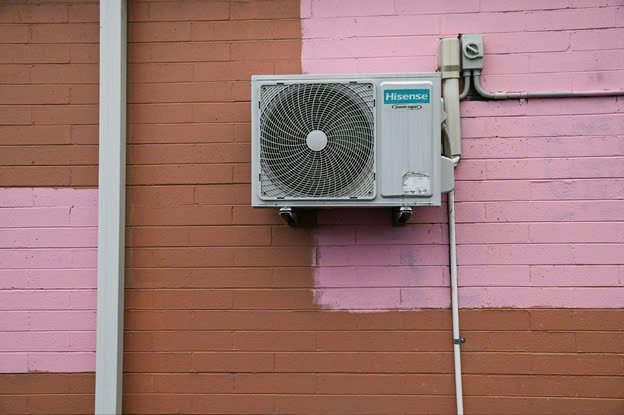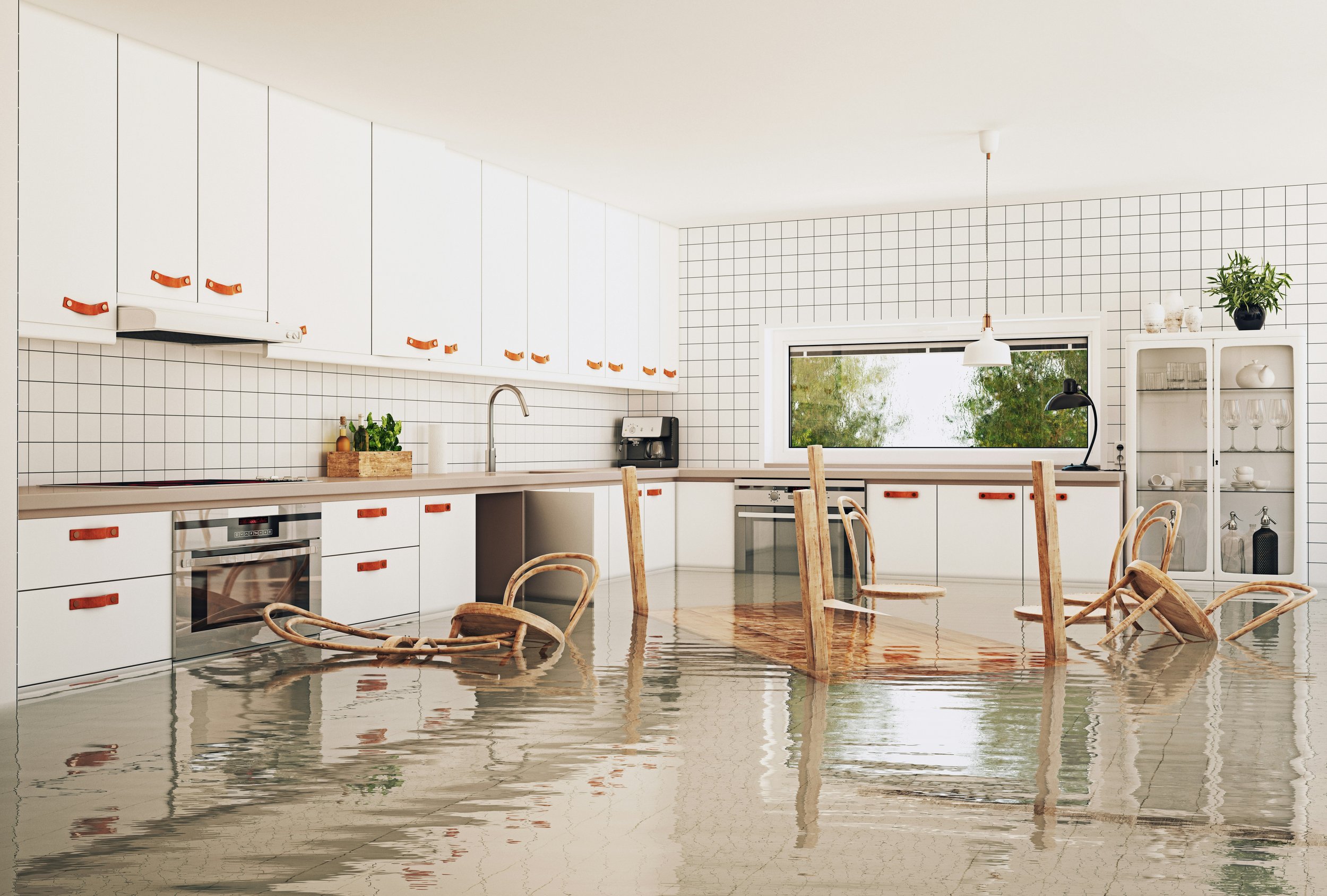Water Damage Repair in Portland: What Homeowners Must Do in the First 24 Hours to Prevent Costly Damage
Discover essential steps Portland homeowners should take in the first 24 hours after water damage to minimize costs and prevent further home damage.
Water damage is a stressful and disruptive experience for any homeowner, but in Portland—where rain is frequent and weather patterns shift quickly—it is an especially common challenge. From storm-related flooding to leaking roofs and unexpected plumbing failures, water intrusions can happen with little warning. The first 24 hours after discovery are the most important, because water spreads rapidly and begins damaging materials almost immediately. Acting quickly can greatly reduce repair costs, prevent mold growth, and protect the safety of your home.
Why Portland Homes Are Especially Vulnerable to Water Damage
Portland’s climate makes the region particularly susceptible to water-related issues. The city’s long rainy season often places constant strain on roofs, gutters, and exterior walls. Many homes in the Portland metropolitan area were constructed decades ago, meaning that older plumbing systems, deteriorating pipes, and outdated waterproofing materials create additional risk. Basements, which are common in the area, are also highly prone to moisture build-up and groundwater intrusion. Homes near the Willamette and Columbia rivers face increased risk of flooding during storms or sudden rises in water levels. Altogether, the natural environment combined with aging infrastructure makes water damage a frequent concern for local homeowners.
Understanding the Common Causes of Water Damage
While storms are an obvious culprit, many cases of water damage originate from everyday household systems. A small pipe leak inside a wall can go undetected for days and eventually saturate insulation and drywall. A water heater failure can release dozens of gallons of water into a garage or basement within minutes. Roof damage, even as minor as a missing shingle, can allow rainwater to seep into attic spaces. Sewage backups—unpleasant yet surprisingly common—also introduce hazardous contaminants into homes. Understanding these causes helps homeowners identify risks before they become severe.
The First Steps to Take After Water Damage Occurs
Above all, safety must come first. Before entering any affected area, homeowners should make sure there are no electrical hazards. Water that comes into contact with outlets, wires, or appliances can be extremely dangerous. In severe cases, it may be necessary to shut off the power to specific rooms or even the entire home. Protective gloves and waterproof footwear are recommended when moving through standing water, since contaminated water may contain chemicals, bacteria, or debris.
Once safety is ensured, the next priority is to stop the source of water. For plumbing-related incidents, this might mean turning off the home’s main water supply valve or addressing a malfunctioning appliance. Roof leaks, while harder to repair immediately, can sometimes be temporarily controlled using tarps or buckets during ongoing rainfall. The goal is to stop additional water from entering the area so the drying process can begin as soon as possible.
Documenting Water Damage for Insurance Purposes
Insurance companies require evidence of damage, so documentation should happen early. Photos, videos, and notes detailing what was damaged and when the incident occurred will help support an insurance claim. Homeowners should also avoid throwing away damaged items until they receive guidance from their insurance adjuster. Proper documentation not only speeds up the claims process but also helps ensure that all legitimate expenses are covered.
Removing Water and Beginning the Drying Process
The faster the water is removed, the better the chances of preventing long-term damage. Small spills may be manageable with towels or wet/dry vacuums, but larger water intrusions often require professional-grade extraction equipment. Water can soak into walls, flooring, and building materials much faster than people expect, which is why immediate action is so important.
Drying is the most crucial component of water damage repair, especially in Portland’s damp climate. Even after standing water is removed, moisture often remains trapped inside materials. Industrial air movers, fans, and dehumidifiers are used by professionals to draw moisture out of walls and floors. If drying is incomplete, mold can begin to form within as little as 24–48 hours, leading to additional complications and costs. Opening windows may help in some cases, but only when outdoor humidity is lower than indoor levels—a condition that is not always met during Portland’s rainy months.
Preventing Mold Growth After Water Damage
One of the biggest threats following water intrusion is mold. Mold spores thrive in moisture-rich environments and can quickly spread behind walls, under flooring, and throughout HVAC systems. Prevention typically requires removing wet materials such as drywall or carpeting, applying antimicrobial treatments, and maintaining constant airflow throughout the affected areas. Homeowners should always assume mold is a risk after water damage and address it proactively rather than waiting for visible signs.
Why Professional Water Damage Repair Is Often Necessary
While small incidents may be manageable without help, most significant water intrusions require professional expertise. Restoration specialists not only remove water more efficiently but also use sophisticated tools such as moisture meters and infrared cameras to identify hidden saturation. Their methodical approach ensures that all affected areas are identified, properly dried, and restored to a safe condition. They can also assist homeowners with insurance claims and handle repairs ranging from drywall replacement to full structural restoration.
Preventing Future Water Damage in Portland Homes
Preventing water damage starts with regular maintenance. Homeowners can drastically reduce their risk by keeping gutters clean, inspecting roofs annually, monitoring plumbing systems, and installing sump pumps in basements. Winterizing exposed pipes helps prevent freezing and bursting during cold spells. Simple preventative steps can save thousands of dollars and avoid the stress of emergency repairs.
Conclusion
Water damage repair in Portland requires swift, informed action. The first 24 hours are crucial for reducing long-term damage and ensuring the home remains safe. By understanding the causes, taking immediate steps, and knowing when to call professionals, homeowners can protect their properties and avoid costly repairs. Whether dealing with a minor leak or a major flood, staying prepared and responding quickly is the key to overcoming water damage.

